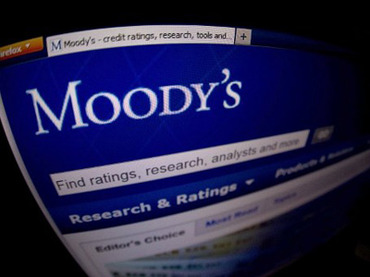The final act is no longer looming — it has arrived. In a strike that echoed the high-stakes tension of a cinematic climax, the United States launched a bold, precision assault on Iran’s most fortified nuclear facilities, led by the stealth wings of B 2 Spirit bombers. What had long been anticipated — even feared — is now a reality, breaking not only bunkers beneath Iran’s mountains, but the illusion that diplomacy alone could halt Tehran’s nuclear march.
At the heart of the offensive was Fordow — a subterranean fortress carved deep into the mountains near Qom. Once considered untouchable, it was struck in the early hours of 21 June 2025. America’s B 2 bombers, armed with GBU 57 Massive Ordnance Penetrators, each weighing nearly 15 tons, shattered more than 60 meters of rock and reinforced concrete. Their mission was surgical and singular: to destroy the very core of Iran’s clandestine nuclear effort.
But Fordow wasn’t the only target. Natanz and Isfahan were simultaneously struck, forming a devastating triad of destruction. Complementary waves of submarine-launched Tomahawk missiles targeted power grids and command infrastructure, amplifying the shock.
The decision to act was made aboard Marine One, following a final classified briefing. President Donald Trump later hailed the operation as a “total success,” declaring Iran’s uranium enrichment capacity “obliterated.” This was not a symbolic gesture or a shot across the bow — it was a strategic decapitation strike, delivered after Tehran allowed a 60-day ultimatum on nuclear talks to expire, and after Israeli efforts proved insufficient to dismantle Iran’s core capabilities.
Fordow, long a nightmare for the West, had drawn particular concern since the IAEA’s 2023 revelation of uranium enriched to 83.7% — dangerously close to weapons-grade. The facility, buried in a mountain to withstand conventional attacks, was designed to deter even the most determined adversaries. Only one aircraft could reach it: the B 2 Spirit bomber, America’s stealth masterpiece.
Israel, despite its aggressive posture, lacked both the aircraft and bunker-busting munitions to penetrate Fordow’s defences. Denied these tools by Washington, it had been relegated to surgical strikes on peripheral systems — with limited impact. Fordow remained intact. Until now.

The implications are seismic. Iran’s ability to resume high-level enrichment has been crippled. Satellite imagery shows massive craters, collapsed tunnels, and plumes of smoke rising from beneath the earth. Tehran’s propaganda machine — once full of defiance and bravado — has gone uncharacteristically quiet.
Still, this is not peace. Iran’s regional proxies — Hezbollah in Lebanon, militias in Iraq, and the Houthis in Yemen — are on high alert. Retaliatory missile attacks on Israel may escalate. Yet what makes this moment exceptional is not only the magnitude of destruction, but the audacity of its execution — unilateral, unapologetic, and unflinching.
Beneath the tactical brilliance lies a broader strategic vision. Trump, the former real estate mogul turned global tactician, views Iran not merely as a threat to contain, but a regime to dismantle and reshape. Like Saddam’s Iraq before it, Tehran now finds itself isolated, sanctioned, and strategically vulnerable — the perfect adversary for a power eager to reassert dominance.
The rewards are geopolitical: disrupting China’s access to Iranian oil, choking off Iran’s arms pipeline to Russia, reassuring Gulf monarchies, and securing the vital Strait of Hormuz. Control of nearly 10% of the world’s oil reserves hangs in the balance.
European allies — Britain, France, and Germany — though absent from the battlefield, were quick to endorse the operation as a necessary step in preventing nuclear proliferation. Their fighter jets now patrol Gulf airspace. Their warships drift nearby, quiet but deliberate.
For Israel, this is vindication. After weeks of absorbing retaliatory fire and domestic criticism, it now watches as the US assumes the burden of action. As Trump put it, “we took out the trash.”
Thus, what was once debated, feared, and hypothesised has now been done. In a matter of hours, the nuclear map of the Middle East has been rewritten. The end credits, etched not in ink but in steel and fire, roll across the scorched mountains of Qom and Natanz.
Trump, ever attuned to spectacle, has delivered his defining scene. Not just a message — a reckoning. And in unmistakable Hollywood style.
Dr. Hatem Sadek – Professor at Helwan University


